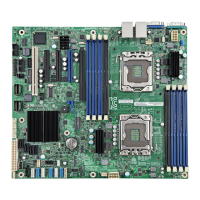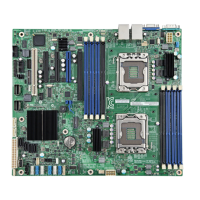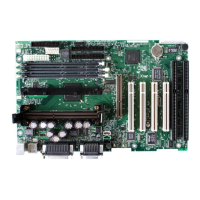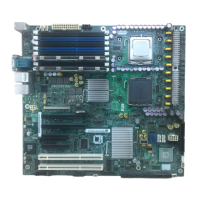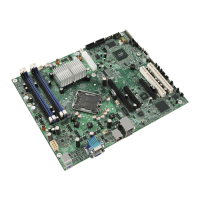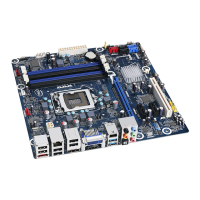Platform Management OverviewIntel® Server Board S2600IP and Intel® Workstation Board W2600CR TPS
66 Revision 1.1
Intel order number G34153-003
1. User names for User IDs 1 and 2 cannot be changed. These are always “” (Null/blank)
and “root” respectively.
2. User 2 (“root”) always has the administrator privilege level.
3. All user passwords (including passwords for 1 and 2) may be modified.
4. User IDs 3-15 may be used freely, with the condition that user names are unique.
Therefore, no other users can be named “” (Null), “root,” or any other existing user
name.
4.5.3 LAN Interface
The BMC implements both the IPMI 1.5 and IPMI 2.0 messaging models. These provide out-of-
band local area network (LAN) communication between the BMC and the network.
Run-time determination of LAN channel capabilities can be determined by both standard IPMI
defined mechanisms.
4.5.3.1 IPMI 1.5 Messaging
The communication protocol packet format consists of IPMI requests and responses
encapsulated in an IPMI session wrapper for authentication, and wrapped in an RMCP packet,
which is wrapped in an IP/UDP packet. Although authentication is provided, no encryption is
provided, so administrating some settings, such as user passwords, through this interface is not
advised. Session establishment commands are IPMI commands that do not require
authentication or an associated session.
The BMC supports the following authentication types over the LAN interface.
1. None (no authentication)
2. Straight password/key
3. MD5
4.5.3.2 IPMI 2.0 Messaging
IPMI 2.0 messaging is built over RMCP+ and has a different session establishment protocol.
The session commands are defined by RMCP+ and implemented at the RMCP+ level, not IPMI
commands. Authentication is implemented at the RMCP+ level. RMCP+ provides link payload
encryption, so it is possible to communicate private/sensitive data (confidentiality).
The BMC supports the cipher suites identified in Table 24.
Table 24. Supported RMCP+ Cipher Suites
Confidentiality
Algorithm(s)
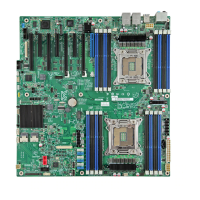
